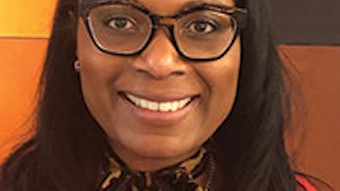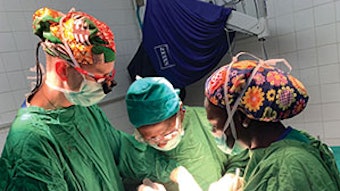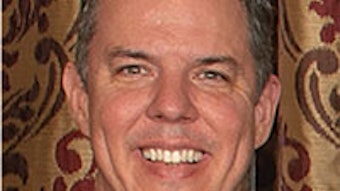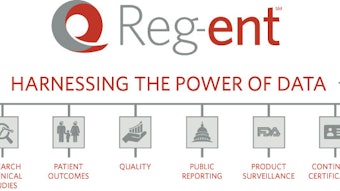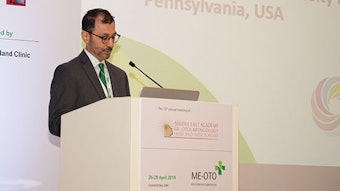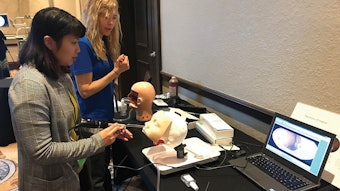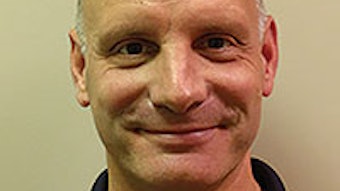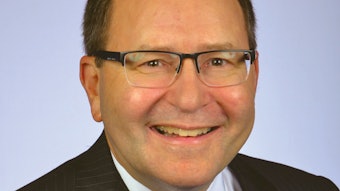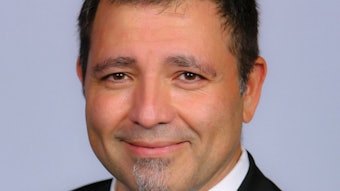Navigating the payment system as a private practitioner
After completing my residency in 1988, I moved to the Dallas metroplex to begin a solo private practice. As residents, we were not given any real training in how to begin and succeed in a private practice. Setting up an office, contracting, billing, scheduling, and collecting were all things we had to learn to do.
John M. Moore, MD
After completing my residency in 1988, I moved to the Dallas metroplex to begin a solo private practice. As residents, we were not given any real training in how to begin and succeed in a private practice. Setting up an office, contracting, billing, scheduling, and collecting were all things we had to learn to do.

This was the heyday of Independent Practice Associations (IPAs), managed care and Management Service Organizations (MSO’s) in our region. It became evident that it was important to join the IPAs in my region to garner a reasonable fee schedule. At that time, many colleagues joined MSOs in order to reduce stress of office management. During this process, billing and collections was often commissioned out. This seemingly simple process turned out to be an unforeseen sacrifice of control, not only of the actual financial health of the office, but of the doctor/patient relationship as well. As it turned out, patients don’t mind getting calls from their doctor for payment, but they do not like getting calls or responding to a billing agency. We made the decision that would never happen in our group as this kept the doctor/patient relationship intact.
In 1995, after eight years of watching the progressive slide of ENT fee schedules due to lack of negotiating power as a small minority in the IPAs, eight of us decided to form a single specialty group. We wanted to be able to do our own contracting and keep our accounts receivable in our own offices. We had minimal resources and at the time could not afford to all convert to single practice management software.
Our goal was to grow by asking the best ENTs in the community to join us. Our mission was to make sure that our group was at the table for any decisions affecting our specialty in the metroplex. This model was surprisingly successful. We maintained good relationships with the payers and kept the best fee schedules in our specialty. We also began getting significant discounts on malpractice insurance due to our favorable claims ratio. This structure allowed most of our doctors to stay in small groups under the umbrella of the larger organization.
As time went on, we grew to over 90 ENTs in the metroplex and even added occuplastics to our group. At that point, the next move was to expand to the rest of the state. We were successful and grew to over 200 doctors statewide. Sadly, this expansion did not increase our leverage in any negotiations with payers. This was a hard lesson for me as the group’s president. We had to find a way to succeed in a world with decreasing fee schedules.
Editor’s Note from James C. Denneny III, MD, EVP/CEO AAO-HNS/F
I encourage you to take advantage of hearing Dr. Moore present his experience with CINs along with other innovative practice systems on a panel I will moderate at 7:30 am, Monday, September 16, at our Annual Meeting in New Orleans.
This was when I realized that we had to band together as independents in order to not only be relevant but to win financially. We initially formed an Accountable Care Organization (ACO) in North Texas that actually included primary care and specialists. We were physician-owned and physician-run. As most of you know, ACOs had not been routinely successful. They were burdened with an expensive infrastructure built around the primary care intensive model of pushing referrals to our independent specialists. What made us successful was that we as the specialists controlled the majority of healthcare dollars. This realization triggered our evolution to our current model, a Clinically Integrated Network (CIN), consisting of purely independent specialists (not limited to ENTs). This version of a CIN has attracted the interest and participation across the spectrum of payers. Our access to real-time claims data allows us to make immediate decisions that affect the overall spending on care in multiple populations. This subsequently produces value-added contracting that is in addition to fee for service payments. This model has created significant payer interest and holds great promise as a component in the evolving healthcare payment system that will allow independent practitioners to be successful.
